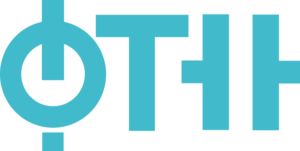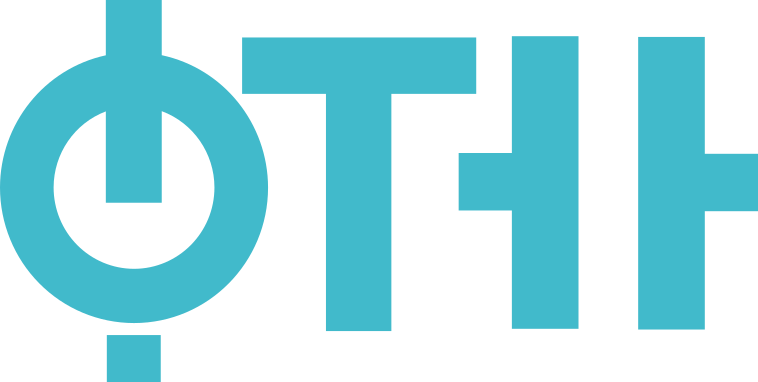Subject: Selected chapters in graphic materials (17.FDS225 )
Native organizations units: Chair of Graphic Engineering and Design
Study programmes of the course:
| Type of studies | Title |
|---|---|
| Doctoral Academic Studies | Graphic Engineering and Design (Year: 1, Semester: Winter) |
| Category | Academic-general educative |
| Scientific or art field | Grafičko inženjerstvo |
| ECTS | 10 |
Acquiring knowledge about modern approaches in the field of graphic materials that will enable understanding, monitoring and improvement of graphic processes. Improvement of scientific abilities, academic and practical skills in the field of graphic materials. Introduction to modern methods of analysis. Through this course the student should: expand knowledge about concepts and definitions in the domain of graphic materials, understand and improve the use of concepts and definitions from the domain of graphic materials in the context of learning, set up and solve problems, develop the ability to recognize problems in the domain of graphic materials in terms of identification, formulation and possible resolution, as well as to improve the principles of engineering judgment and decision making. The objective of the course is also to enable the student to acquire the abilities and skills to use literary sources and develop a way of thinking inherent in theoretical and methodological disci
Thorough knowledge of graphic material issues. Ability to independently solve practical and theoretical problems using scientific methods and procedures in the field of graphic materials. Gaining creative abilities in order to develop new procedures in problem solving in the field of graphic materials. Development of creative and independent thinking about problems in the field of graphic materials. After this course, the student is able to: critically think, logically associate theoretical and experimental knowledge in the domain of graphic materials, acquire knowledge in engineering disciplines, communicate with other engineers and work in the team, creatively think, demonstrate understanding and skills, and to use acquired knowledge to design new solutions to engineering problems. At the end of the course, the student is trained to use literature and other resources in seeking the necessary information to improve the level of knowledge in the field of graphic materials.
Modern approaches to the characterization of graphic materials. Metal materials. Paper. Graphic dyes. Adhesives. Polymeric materials. Ceramics. Glass. Materials in 3D printing. Modern trends in the production of graphic materials. Modern graphic materials. Materials in active and intelligent packaging. Nanomaterials. Polymer nanocomposites. Biopolymers. Biopolymer decomposition mechanisms. Functionality of biopolymer. Edible films and envelopes. Edible films based on polysaccharides, lipids and proteins. Mechanism of formation of protein-based biofilm structure. Changes in biofilm properties during storage. Functional coatings. Microcapsules. Types, structures and properties of microcapsules. The process and methods of microencapsulation. Application of microcapsules in the graphics industry. Acceptability of graphic materials from the technological aspect and the aspect of the impact on the environment and working environment. Aging of paper and graphic materials. The influence of different conditions on the aging mechanism. Causes of accelerated aging. Accelerated aging mechanisms. Examples of the substitution of dangerous materials in different printing techniques.
Lectures, study research work and consultations. The lectures provide a theoretical part of the course with the use of modern equipment and information and communication technologies. Through lectures, a student acquires and masters modern scientific knowledge, scientific methods and procedures that enable him to do independent research work. In addition to lectures, consultations are also held regularly. Study research work includes all forms of instruction that are in the function of direct training a student for research, writing scientific papers and making a doctoral dissertation. Study research work includes active monitoring of primary scientific sources, organization and performance of numerical simulations and experimental research.
| Authors | Title | Year | Publisher | Language |
|---|---|---|---|---|
| 2005 | English | |||
| 2016 | English | |||
| 2007 | English | |||
| 2003 | English | |||
| 2000 | English | |||
| 2006 | English | |||
| 2001 | English | |||
| 2001 | English |
| Course activity | Pre-examination | Obligations | Number of points |
|---|---|---|---|
| Project | Yes | Yes | 50.00 |
| Oral part of the exam | No | Yes | 50.00 |
Prof. Prica Miljana
Full Professor
Lectures
Assoc. Prof. Adamović Savka
Associate Professor
Lectures
Faculty of Technical Sciences

© 2024. Faculty of Technical Sciences.
Contact:
Address: Trg Dositeja Obradovića 6, 21102 Novi Sad
© 2024. Faculty of Technical Sciences.



